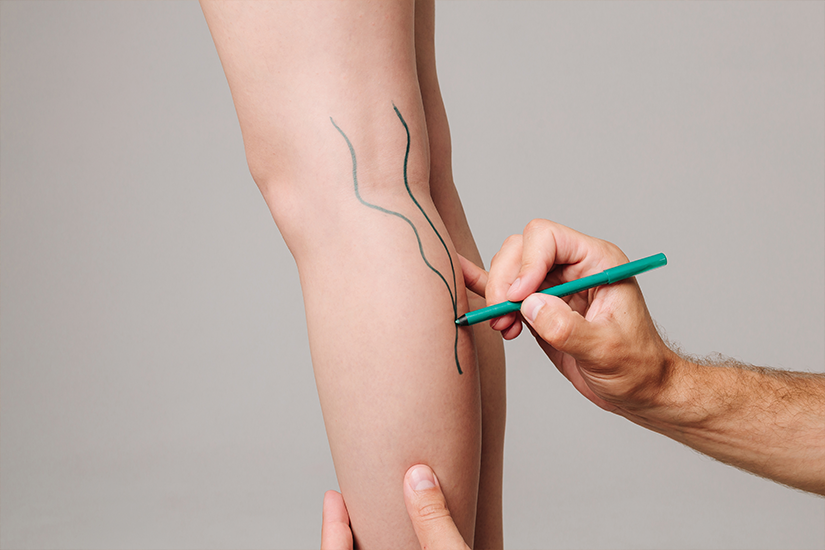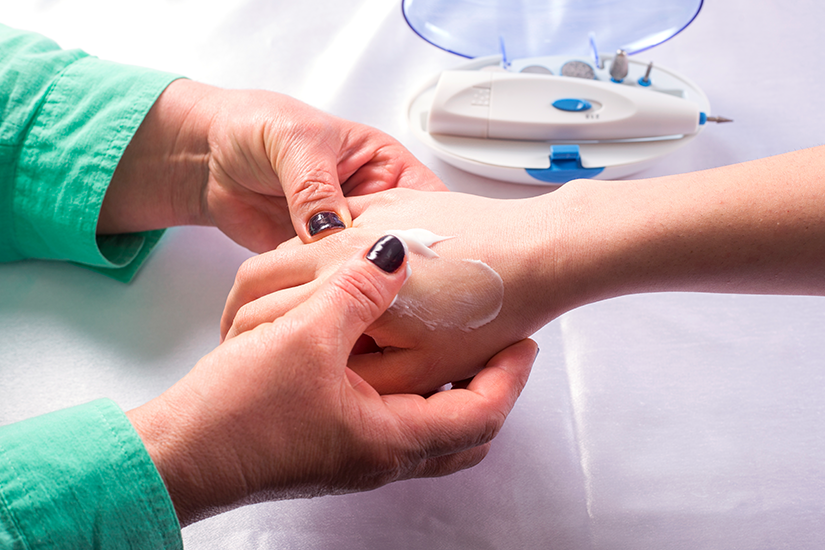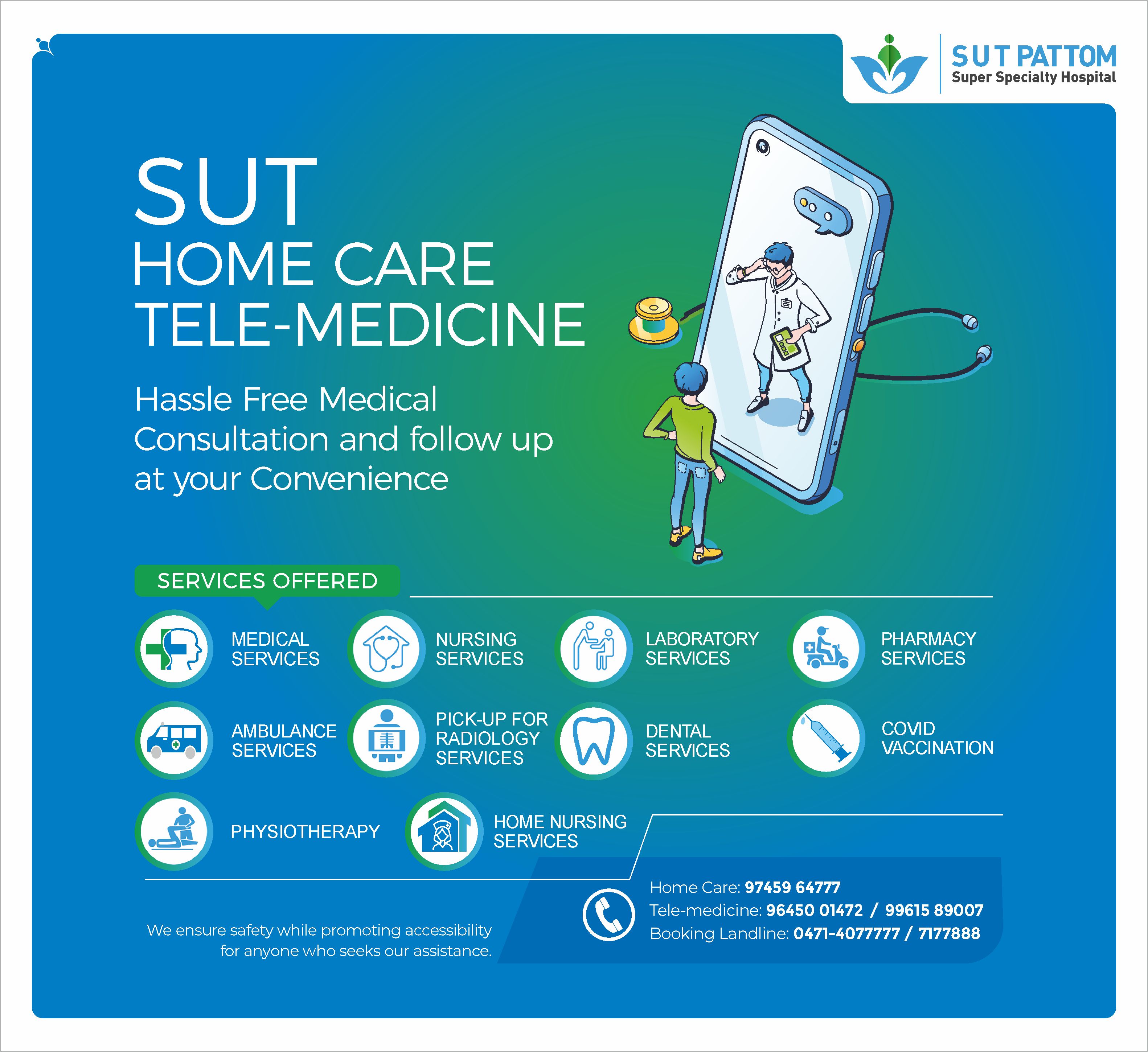- Emergency Ambulance Services
- 8606811111
- 0471-4077777, 0471-7177888
- gro@sutpattom.com
Common Diseases of Veins
Dr. M. Unnikrishnan, Senior Vascular Surgeon, SUT Hospital, Pattom
Hospitalization, while crucial for recovery from illness or surgery may sometimes lead to certain complications, deep vein thrombosis (DVT) being a potentially serious concern. DVT affects the veins of legs responsible for carrying impure blood back to the heart, but they manifest in distinct ways and require timely diagnosis, medications and in some patients intervention.
Varicose Veins
Varicose veins are bulging, coiled veins visible beneath the skin, typically below the knee and along the bony parts of the lower leg. This condition is prevalent worldwide, affecting one in every five individuals in view of bipedal gait, with nearly 50% requiring medical treatment and / intervention. Symptoms include black discoloration, small ulcers, and occasional bleeding from the affected veins.
Causes
- Prolonged standing or sitting
- Increased pressure on veins due to pregnancy or obesity
- Genetic predisposition
Without proper management, varicose veins can lead to significant discomfort and complications like chronic ulcers or infections.
Deep Vein Thrombosis (DVT)
DVT is often termed a “disease of the hospitalized” due to its strong association with protracted immobility during recovery especially in patients having undergone prolonged surgery. It involves the formation of blood clots in deep veins, often starting in the calf muscles. Left untreated, these clots can travel upwards to heart and lungs, causing life-threatening complications such as pulmonary embolism and Right Ventricular function. Symptoms include leg pain, swelling, and inflammation.
Causes
- Extended bed rest
- Major surgeries
- Cancer surgeries
- Blood clotting disorders
Preventive Measures
Preventing these conditions is critical, especially for post-surgical patients or those confined to bed. Measures include:
- Using compression stockings or Intermittent Pneumatic Compression (IPC) to improve blood flow.
- Encouraging periodic movement based on health status.
- Administering low molecular weight heparin as prescribed.
- Incorporating physiotherapy into recovery plans.
With proper precautions, over 90% of DVT cases can be prevented, ensuring a safer recovery process. Patients and caregivers must remain vigilant, as early detection and intervention are key to avoiding severe complications.









